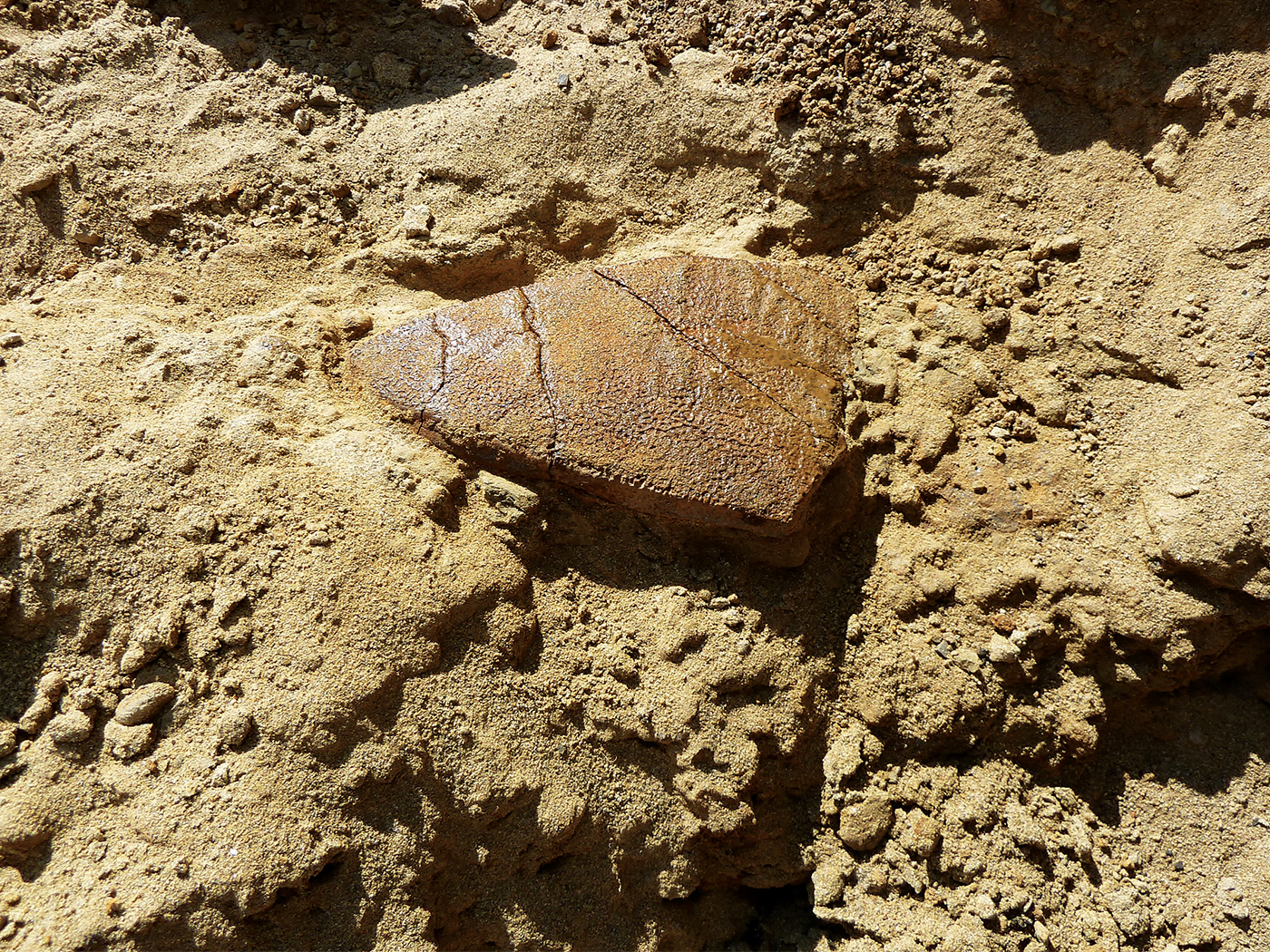Recently, I conversed with an educated man who maintained Earth must be millions of years old because radiocarbon dating proved it. Although this argument is common, it’s simply inaccurate. Even evolutionary scientists acknowledge that radiocarbon dating cannot prove ages of millions or billions of years. Why?
Radiocarbon (14C) is an unstable form of carbon that spontaneously decays into nitrogen over time.1 The best instrument for detecting radiocarbon is an accelerator mass spectrometer (AMS),2 which can typically detect one radiocarbon atom per quadrillion (1015) carbon atoms.3 Most AMS devices cannot detect radiocarbon in something older than 57,000 years because the amount of 14C will have decayed to unmeasurable levels. Therefore, no rock formations, minerals, or organic material older than 57,000 years should contain detectable 14C. Radioisotope dating with 14C decreases in reliability with increasing age and cannot be reliably used without historical or archaeological artifacts to corroborate the dates obtained.4
Since the mid-20th century, evidence is increasing that 14C exists in measurable amounts in carbon-bearing rocks and organic matter that secular scientists believe to be tens to hundreds of millions of years old.5-8 In an effort to explain the presence of 14C in these materials, a noted old-earth biologist hypothesized that new, measureable 14C can be generated in very old material from the decay of uranium isotopes in the earth.9
Is this a reasonable hypothesis or an unfounded rescuing device? For 14C to be regenerated in the earth, some source of neutrons is necessary to induce the proton-to-neutron reaction on 14N, which produces 14C in buried living matter, which would lead to artificially young age estimates. This neutron flux can originate either from above (cosmogenic) or from below (subsurface).
Let’s first look at the cosmogenic neutron generation of 14C. Since neutrons do not penetrate very far into matter, cosmogenic neutron flux will be at its maximum right on the earth’s surface. Consider a 30-cm-diameter by 30-cm-long bone section sitting exposed on the ground and being bombarded by a cosmic neutron flux of approximately 6.4 × 10-3 neutrons/cm2-second. After 8,200 years, there will be approximately 1.86 × 1010 14C atoms present when equilibrium is reached between the conversion of 14N into 14C due to modern cosmogenic neutron flux and the decay of 14C in the bone sample. At that point, the 14C/12C ratio will be reduced by approximately a factor of 104—one order of magnitude below the detection limits of an AMS. Even on the earth’s surface, it is highly improbable that contamination in rocks or organic matter by cosmogenically generated 14C would result in artificially young ages.
What about subsurface generation of neutron flux? Neutrons can only be produced by secondary nuclear reactions of alpha particles on O, Si, Al, Fe, Ca, or Na.10 Geophysicist John Baumgardner showed that this process is also highly improbable for contaminating 14C samples.11
The old-earth biologist’s attempt to explain away the existence of measureable amounts of 14C in materials deemed to be hundreds of millions of years old is simply not a reasonable hypothesis. Carbon-14 exists in measurable amounts in even the most “ancient” rock formations, and this organic material points to a young earth that can be no more than 50,000 years old.
References
- Although it is impossible to predict when a particular radiocarbon atom will transform into nitrogen, the behavior of a large number of radiocarbon atoms is very predictable. The half-life—the amount of time required for half of any starting amount of radiocarbon to change into nitrogen—is about 5,730 years. This means that 50% of the starting number of 14C atoms will remain after 5,730 years, 25% will remain after 11,460 years, etc. In 57,300 years, 10 half-lives, the amount of remaining 14C in any specimen is reduced by a factor of 210—a reduction in concentration of more than a thousand.
- As stated by Beta Analytic Radiocarbon Dating, “Accelerator Mass Spectrometry (AMS) technology…gives the most advanced precision and accuracy for carbon-14 measurements.” Posted on radiocarbon.com.
- The Center for Accelerator Mass Spectrometry claims that the precision of AMS for detecting 14C in organic material is between 0.5 and 1.0%. Holloway, C. A New World of Biomedical Research: The Center for Accelerator Mass Spectrometry. Science & Technology Review. November 1997, 4, 7.
- Morris, J. D. 2007. The Young Earth. Green Forest, AR: Master Books, 64.
- Baumgardner, J. 2005. 14C Evidence for a Recent Global Flood and a Young Earth. In Radioisotopes and the Age of the Earth: Results of a Young-Earth Creationist Research Initiative. Vardiman, L., A. A. Snelling, and E. F. Chaffin, eds. El Cajon, CA: Institute for Creation Research and Chino Valley, AZ: Creation Research Society.
- Hebert, J. 2013. Rethinking Carbon-14 Dating: What Does It Really Tell Us about the Age of the Earth? Acts & Facts. 42 (4): 12-14.
- Snelling, A. 2008. Radiocarbon in “Ancient” Fossil Wood. Acts & Facts. 37 (1): 10-13.
- Morris, The Young Earth, 63-70.
- Rana, F. 2016. Dinosaur Blood and the Age of the Earth. Covina, CA: RTB Press, 49.
- The necessary reaction for generation of subsurface neutrons is the (α,n) reaction on the most abundant isotopes in the earth’s crust, such as 16O, 28Si, 27Al, and 23Na. Approximate threshold energies for this reaction to occur on these elements are 12.43 MeV, 8.39 MeV, 2.94 MeV, and 6.03 MeV respectively. This means that the alpha particles emitted in the uranium and thorium decay chains would need at least the listed kinetic energy to initiate the (α,n) nuclear reaction, but they do not. Note that the uranium decay chain alphas do not provide the requisite energy to initiate the (α,n) reaction on the two most common elements in the earth’s crust since the highest energy alpha in the uranium decay chain is 7.83 MeV.
- Baumgardner, Radioisotopes and the Age of the Earth, 614-616.
* Dr. Cupps is Research Associate at the Institute for Creation Research and earned his Ph.D. in nuclear physics at Indiana University-Bloomington. He spent time at the Los Alamos National Laboratory before taking a position as Radiation Physicist at Fermi National Accelerator Laboratory, where he directed a radiochemical analysis laboratory from 1988 to 2011. He is a published researcher with 73 publications.






